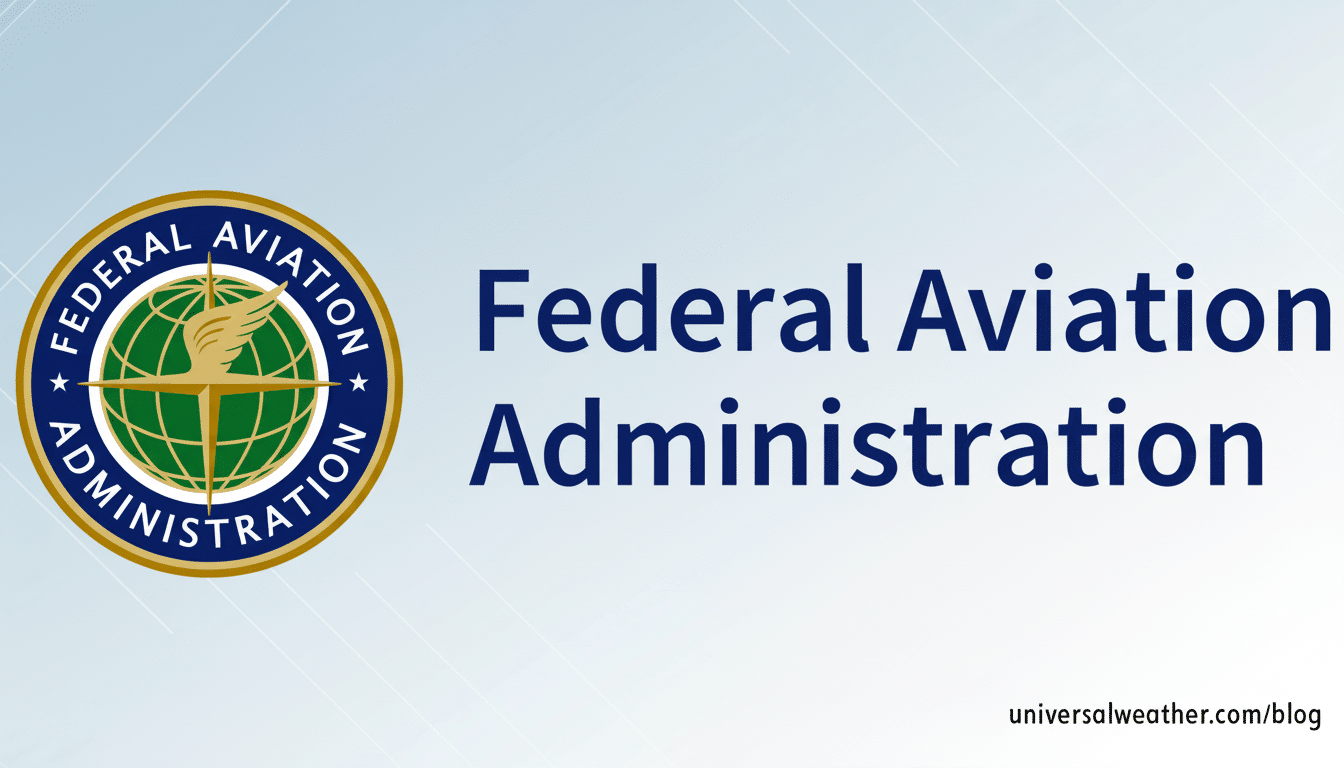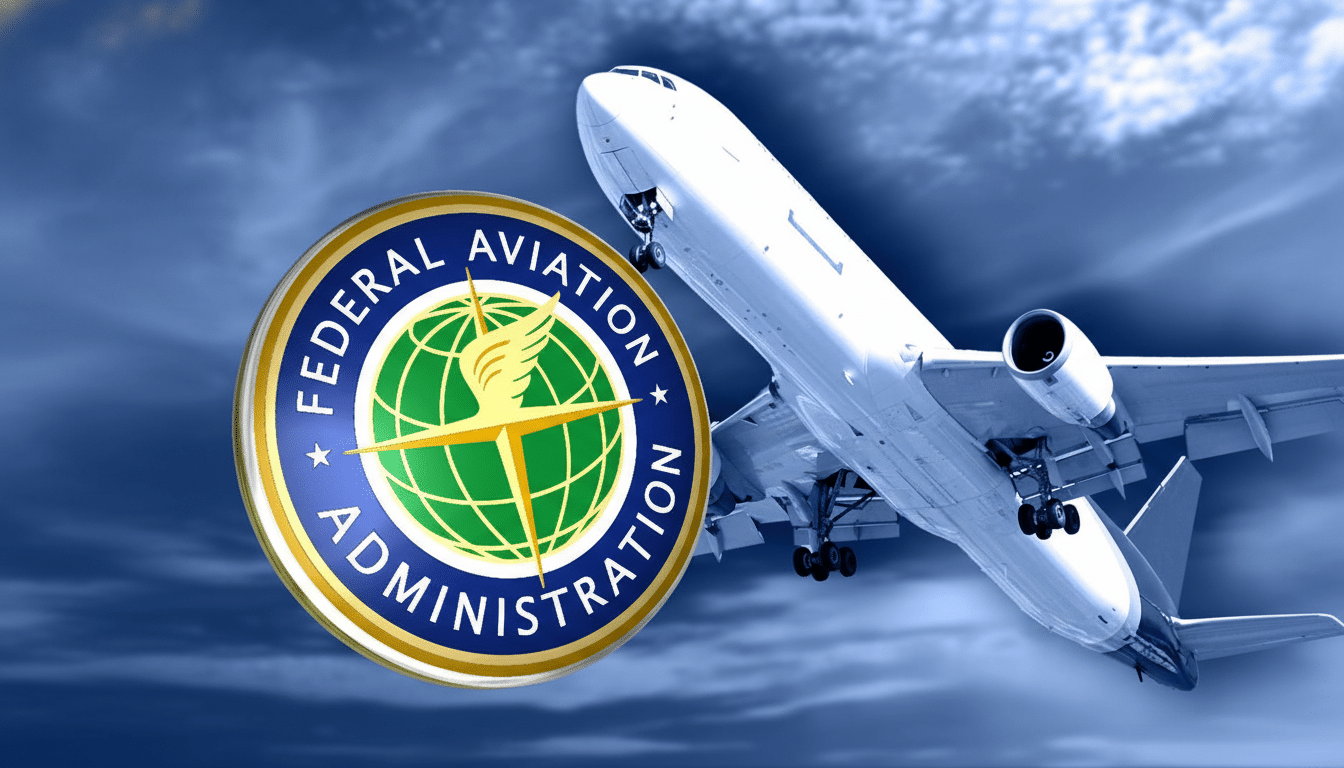SpaceX won a key federal sign-off that will potentially boost the pace of launches from Cape Canaveral Space Force Station, after regulators determined that the company can more than double its Falcon 9 flights out of Florida while still managing environmental impacts.
The Federal Aviation Administration issued the final version of an environmental assessment that clears the way for raising the annual limit on Falcon 9 launches at the Cape from 50, currently, to as many as 120. The review also supports building a new on-site landing zone allowing up to 34 first-stage booster landings a year on land instead of at sea.

What the F.A.A. really approved
The agency released a Mitigated Finding of No Significant Impact under the National Environmental Policy Act, essentially stating that the proposed changes should not do great harm to the human population or natural environment when considering the necessary protective measures. Those mitigations include wildlife surveys for Florida scrub-jays and eastern indigo snakes; “turtle-friendly” low-skyglow lighting for night operations; and more state and federal permits before new construction can proceed.
Water management was a focus of attention. The assessment finds it is extremely improbable that launch pad deluge water, employed to quell heat and mitigate acoustic energy at takeoff, be released to any nearby surface water under nominal operations as long as pad collection and processing systems are constructed and operated as intended. By contrast, deluge water has been a point of contention in Texas, where environmental groups fought authorizations associated with SpaceX’s Starbase activities. The plan in Florida details monitoring and containment steps that regulators said were enough if followed.
The green light is a go to space, not for more launches. SpaceX also is awaiting regulatory approval, with SpaceX requiring the F.A.A. to modify its launch license to accommodate the larger number of flights, and the Department of the Air Force having to agree to the changes on Space Force property. Space Launch Delta 45 oversees the Eastern Range and will also have a say in scheduling and range safety ramifications.
Why SpaceX is hungry for more slots in Florida
The company’s manifest is packed. Today, Falcon 9 supports a diverse array of customers, including commercial satellite operators, national security payloads and a steady cadence of Starlink launches. The workhorse was slated to bring a steep cadence ramp in the past few years, soaring from around 60 orbital missions in 2022 to more than 100 in 2024, according to tallies by the F.A.A. and the industry.
By building a land-based landing zone near the pad, some booster turnaround flows could be cut by days over the long run as SpaceX relies less on drone-ship recoveries, which require hardware to be towed back from the Atlantic. With several boosters now exceeding 20 flights apiece, logistics – rather than hardware aging – has begun to play a major role in cycle time. The more local landings there are, the faster they can be inspected, and there are fewer weather-related recovery delays at sea, and the more the limited capacity of the port and the drone ships can be utilized.

The Eastern Range has undergone a modernization in recent years as well. AFSS (Autonomous Flight Safety Systems) has lowered the requirement for complex downrange assets, and automation tools help minimize turnaround between missions. Even with those upgrades, coordinating hazard areas for mariners and aviators, working around Florida’s unpredictable summer weather and deconflicting with other users of the range continue to be impediments that a higher cap would help solve.
Wildlife, noise and communities protections
Mitigations that are part of the FAA review have been coordinated for years among federal and state agencies, including the U.S. Fish and Wildlife Service and Florida environmental regulators. Requirements encompass measures such as dimming lights during sea turtle nesting season, containing construction runoff, surveying for protected species before ground work and sticking to noise and sonic boom thresholds meant to limit how much nearby communities and sensitive habitats are disturbed.
Acoustic and sonic boom modeling suggests that adding landings to the Cape should be within current standards, assuming operations stay within the approved envelope. Land landings also decrease emissions and hazards associated with long ocean transits, but they impose local considerations on the noise level, which the review includes through timing and procedural limitations.
A wider U.S. buildup of launch capacity
The push in Florida is part of a multicoast strategy. On the West Coast, SpaceX has applied for a major increase in its annual cadence from Vandenberg Space Force Base to support polar and sun-synchronous missions. Concurrently, regulators are evaluating expanded operations of Starship, a heavy-lift vehicle designed for deep-space missions, in both Texas and Florida following a string of test flights.
For U.S. civil and defense space programs, more throughput on the Eastern Range means more schedule certainty for weather-squeezed planetary windows, crew rotations, time-sensitive reconnaissance payloads. It also offers relief to a bottleneck that has left some customers jockeying for scarce slots on the commercial market.
What’s next
SpaceX now must win the necessary FAA license modification and the approvals of the Department of the Air Force for the new caps to go into effect. The new landing infrastructure will be built and more environmental measures will be incorporated. Should the company follow through on both the regulatory and technical front, Florida’s skies will host an even tighter frequency of the world’s most widely used orbital rocket — again, with more of its boosters returning to Earth just a short drive away from the pad.

